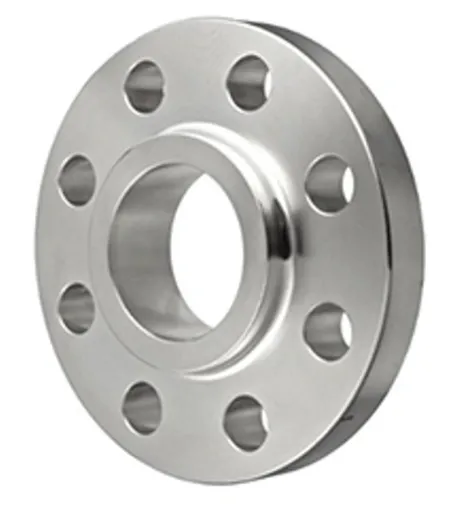-
Cangzhou Yulong Steel Co., Ltd.
-
Phone:
+86 13303177267 -
Email:
admin@ylsteelfittings.com
- English
- Arabic
- Italian
- Spanish
- Portuguese
- German
- kazakh
- Persian
- Greek
- French
- Russian
- Polish
- Thai
- Indonesian
- Vietnamese
- Zulu
- Korean
- Uzbek
- Hindi
- Serbian
- Malay
- Ukrainian
- Gujarati
- Haitian Creole
- hausa
- hawaiian
- Hebrew
- Miao
- Hungarian
- Icelandic
- igbo
- irish
- Japanese
- Javanese
- Kannada
- Khmer
- Rwandese
- Afrikaans
- Albanian
- Amharic
- Armenian
- Azerbaijani
- Basque
- Belarusian
- Bengali
- Bosnian
- Bulgarian
- Catalan
- Cebuano
- China
- China (Taiwan)
- Corsican
- Croatian
- Czech
- Danish
- Esperanto
- Estonian
- Finnish
- Frisian
- Galician
- Georgian
- Kurdish
- Kyrgyz
- Lao
- Latin
- Latvian
- Lithuanian
- Luxembourgish
- Macedonian
- Malgashi
- Malayalam
- Maltese
- Maori
- Marathi
- Mongolian
- Myanmar
- Nepali
- Norwegian
- Norwegian
- Occitan
- Pashto
- Dutch
- Punjabi
- Romanian
- Samoan
- Scottish Gaelic
- Sesotho
- Shona
- Sindhi
- Sinhala
- Slovak
- Slovenian
- Somali
- Sundanese
- Swahili
- Swedish
- Tagalog
- Tajik
- Tamil
- Tatar
- Telugu
- Turkish
- Turkmen
- Urdu
- Uighur
- Welsh
- Bantu
- Yiddish
- Yoruba

Sep . 05, 2024 14:59 Back to list
concentric reducer pipe
Understanding Concentric Reducer Pipes A Comprehensive Overview
Concentric reducer pipes are essential components in various piping systems, particularly in industries such as oil and gas, water supply, and chemical processing. These specialized fittings are designed to facilitate the smooth flow of fluids while accommodating changes in pipe diameter. This article delves into the features, benefits, and applications of concentric reducer pipes, highlighting their significance in engineering and infrastructure.
A concentric reducer pipe is characterized by its unique shape, which allows it to connect two pipes of different diameters while maintaining a constant centerline. This design differentiates it from eccentric reducers, where the centerlines are offset. The concentric reducer’s shape promotes a smoother transition, reducing turbulence and enhancing flow efficiency. This feature is particularly crucial in applications where maintaining pressure and minimizing fluid resistance is essential.
One of the primary advantages of concentric reducer pipes is their ability to facilitate fluid flow. When a fluid passes through a reducing pipe, it experiences a decrease in cross-sectional area, which subsequently affects the velocity and pressure of the fluid. By maintaining the centerline alignment, concentric reducers minimize the risk of cavitation, flow separation, and other issues that could arise from abrupt changes in diameter. This results in a more efficient operation and reduced energy costs in pumping systems.
Additionally, concentric reducers are often preferred for their ease of installation and versatility. They can be made from various materials such as stainless steel, carbon steel, PVC, and other alloys, making them suitable for a wide range of environments. Their adaptability allows them to be utilized in numerous applications, from residential plumbing to large-scale industrial systems.
concentric reducer pipe

In terms of specifications, concentric reducers are available in various sizes and pressure ratings, ensuring they can meet the demands of specific projects. It is essential for engineers and construction professionals to select the appropriate size and material based on the fluid type, temperature, and pressure conditions. Proper selection ensures that the system operates safely and efficiently over its intended lifespan.
The use of concentric reducer pipes extends beyond simple fluid handling. They play a significant role in processes such as heating and cooling systems, where temperature control is critical. By enabling a gradual transition between pipe sizes, these reducers help maintain consistent thermal properties of the fluid being transported.
Moreover, in construction and infrastructural projects, concentric reducers contribute to the overall design integrity. Their sleek design enables them to fit well within tight spaces, making them ideal for complex layouts, such as in building HVAC systems. Properly designed piping systems featuring concentric reducers ensure optimal performance and longevity, reducing the need for frequent maintenance.
In summary, concentric reducer pipes are indispensable in various industry applications due to their efficient design and versatility. By providing a smooth transition in pipe diameters, they enhance fluid flow, reduce energy consumption, and prevent operational issues. As industries continue to evolve and demand more efficient systems, the significance of these components is likely to increase, making them a crucial consideration for engineers and designers alike. Proper understanding and application of concentric reducer pipes will lead to more effective and sustainable piping solutions in the future.
Latest news
-
ANSI 150P SS304 SO FLANGE
NewsFeb.14,2025
-
ASTM A333GR6 STEEL PIPE
NewsJan.20,2025
-
ANSI B16.5 WELDING NECK FLANGE
NewsJan.15,2026
-
ANSI B16.5 SLIP-ON FLANGE
NewsApr.19,2024
-
SABS 1123 FLANGE
NewsJan.15,2025
-
DIN86044 PLATE FLANGE
NewsApr.19,2024
-
DIN2527 BLIND FLANGE
NewsApr.12,2024
-
JIS B2311 Butt-Welding Fittings LR/SR 45°/90° /180°Seamless/Weld
NewsApr.23,2024











